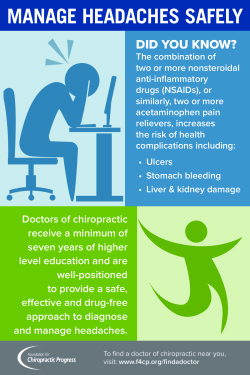Comparing Acupuncture To Various Other Discomfort Administration Techniques
Comparing Acupuncture To Various Other Discomfort Administration Techniques
Blog Article
Web Content Produce By-Cohen Oddershede
When you consider pain management options, you may find yourself weighing the advantages and disadvantages of numerous methods, including acupuncture, over-the-counter medications, and physical therapy. While numerous approaches provide alleviation, they usually feature their very own set of obstacles, like side effects or lengthy treatment times. Acupuncture attracts attention for its special capacity to promote self-regulation with less risks. However how does its performance compare to more traditional methods? The subtleties of these strategies can dramatically influence your options, and exploring them better could bring about unexpected understandings.
Review of Pain Management Techniques
When it comes to handling discomfort, you have a variety of techniques at hand. These approaches can range from typical methods to a lot more alternative treatments. Understanding your alternatives is crucial in discovering what works finest for you.
One usual technique is over the counter medications like ibuprofen or acetaminophen, which can offer quick relief for moderate to moderate pain. Prescription medicines, including opioids, could be required for extra extreme discomfort, though they feature dangers of reliance and adverse effects.
Physical therapy is one more efficient strategy, focusing on workouts and stretches to strengthen muscle mass and boost movement. This technique typically helps in managing chronic pain problems.
Additionally, some people turn to more alternative alternatives, such as massage therapy, which can reduce stress and boost blood circulation.
Mind-body strategies, like mindfulness meditation or yoga exercise, aid you handle pain by reducing anxiety and enhancing your mental strength.
Lastly, lifestyle changes, such as maintaining a healthy and balanced diet plan and routine workout, can play an essential function in total discomfort administration. Each technique has its benefits and drawbacks, so it's essential to explore what suits your needs and preferences best.
Advantages of Acupuncture
Acupuncture uses an unique approach to pain administration that stands out among different strategies. By targeting specific factors on your body, it stimulates the flow of energy, or "qi," promoting natural healing and reducing pain.
Among the biggest advantages is its very little side effects. Unlike some medicines, which can lead to dependency or unwanted health concerns, acupuncture is an alternative treatment that motivates your body's self-regulation.
You'll likely find that acupuncture sessions can help relieve persistent discomfort, frustrations, and even stress. Many people experience a feeling of relaxation and well-being throughout and after therapy, which can boost total lifestyle.
And also, it's a flexible alternative; it can be made use of along with other therapies, making it a great complement to your existing pain monitoring strategy.
An additional significant benefit is that acupuncture can be customized to your details requirements. Your expert will assess your condition and develop an individualized treatment strategy, ensuring you get the care that finest supports your recuperation.
With its ancient origins and expanding acceptance in modern medication, acupuncture sticks out as an engaging option for discomfort relief.
Comparing Efficiency and Outcomes
Pain management techniques differ extensively in their effectiveness and outcomes, making it crucial to understand just how they stack up against one another. When considering options like acupuncture, physical therapy, and medicine, you'll discover unique differences in just how each technique addresses pain.
Acupuncture, for instance, typically supplies relief for persistent discomfort problems, with research studies showing significant enhancements hurting levels for numerous patients.
In contrast, drugs like opioids can properly manage sharp pain yet carry threats of dependence and adverse effects.
Physical therapy concentrates on rehabilitation and might take longer to show outcomes, which can be frustrating if you need prompt relief.
When evaluating these strategies, think of your details pain type and your personal wellness objectives. https://walk-in-chiropractor85062.mdkblog.com/38863186/establishing-the-optimum-timetable-for-chiropractic-care-sees-can-significantly-impact-your-back-pain-recuperation-what-essential-indications-should-you-seek-to-understand-when-a-change-is-required find that a combination of techniques functions finest for them.
As an example, you might benefit from acupuncture sessions together with physical therapy to take full advantage of recuperation.
Eventually, recognizing the effectiveness and outcomes of each approach will certainly aid you make informed decisions concerning your discomfort monitoring method, permitting you to select the approach that finest fits your needs and lifestyle.
Conclusion
In recap, acupuncture attracts attention as a useful option to traditional pain monitoring approaches. It supplies fast relief and promotes self-regulation without the risks of reliance related to medicines. While physical therapy may require more time for results, acupuncture can give immediate advantages, making it an attractive choice for those looking for remedy for persistent discomfort and stress. By including acupuncture right into your pain monitoring plan, you can improve your general wellness and redeem control over your health.
